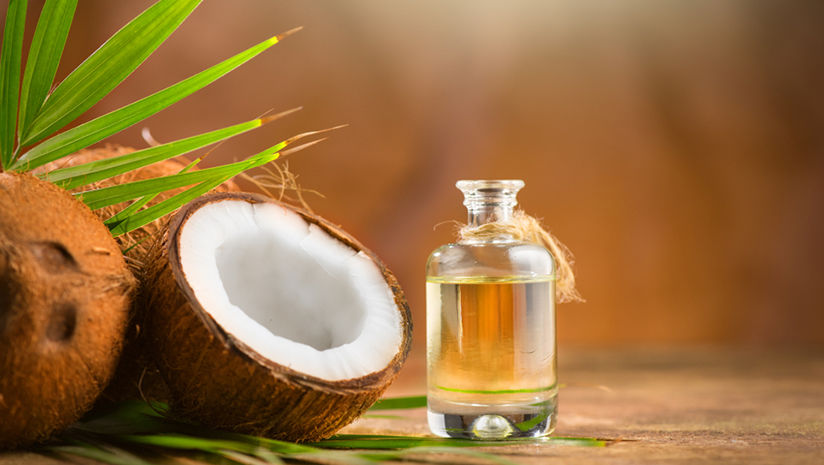A vaginal yeast infection, also known as candidiasis, is a common condition caused by an overgrowth of the fungus Candida albicans in the vaginal area. While the vagina naturally contains a balance of healthy bacteria and yeast, certain factors can disrupt this balance, leading to an infection.

Causes of Vaginal Yeast Infections
Vaginal yeast infections occur when the natural balance of bacteria and yeast in the vagina is disturbed, allowing Candida to grow out of control. Common triggers include:
- Antibiotics: These can reduce the number of healthy bacteria that keep yeast in check.
- Hormonal changes: Pregnancy, birth control pills, or hormone therapy can increase estrogen levels, which may promote yeast overgrowth.
- Weakened immune system: Conditions like HIV or medications such as corticosteroids can make the body more susceptible to infections.
- Diabetes: High blood sugar levels can create an environment that encourages yeast growth.
- Tight or non-breathable clothing: Wearing tight underwear, pants, or non-cotton fabrics can trap moisture and heat, creating conditions that favor yeast growth.
- Poor hygiene habits: Douching, using scented feminine hygiene products, or not changing out of wet clothes (like swimsuits) promptly can also contribute to an infection.
Symptoms of a Vaginal Yeast Infection
- Thick, white discharge: Often described as resembling cottage cheese, though it typically has no strong odor.
- Itching and irritation: Intense itching around the vagina and vulva.
- Burning sensation: Particularly during urination or sex.
- Redness and swelling: Inflammation in the vaginal area.
- Soreness or discomfort: General tenderness or pain.
Diagnosing a Vaginal Yeast Infection
If you suspect a yeast infection, it’s important to visit a healthcare provider to confirm the diagnosis. The symptoms can be similar to other vaginal infections like bacterial vaginosis or sexually transmitted infections (STIs). A doctor will typically:
- Perform a pelvic exam.
- Take a sample of vaginal discharge for laboratory testing to identify the presence of Candida or rule out other infections.
Treatment for Vaginal Yeast Infections
Most yeast infections are easily treated with over-the-counter or prescription medications. Treatment options include:
Antifungal creams or suppositories:
- Available over-the-counter (OTC) or by prescription.
- Medications like clotrimazole, miconazole, or tioconazole are applied directly inside the vagina for 1–7 days.
Oral antifungal medication:
- Prescription oral treatments, like fluconazole (Diflucan), can be taken as a single-dose pill to eliminate the infection.
Recurrent infections:
- If you experience frequent yeast infections (four or more in a year), your doctor may recommend a longer course of antifungal treatment and preventative measures, such as lifestyle changes or maintenance doses of antifungal medication.
Home Remedies for Yeast Infections
Some people turn to natural remedies to help with mild yeast infections. While these treatments are not scientifically proven to be as effective as antifungal medications, some commonly used options include:
- Plain yogurt: Contains live, active cultures that may help restore healthy bacteria.
- Coconut oil: Has antifungal properties and can be applied to the affected area.
- Probiotics: Taking probiotic supplements may help maintain healthy vaginal flora.
However, it's always a good idea to check with a healthcare provider before using any home remedies to avoid worsening the infection.
Preventing Vaginal Yeast Infections
- Wear breathable underwear: Opt for cotton fabrics and avoid tight-fitting clothes.
- Change out of wet clothes quickly: This includes swimsuits and sweaty workout gear.
- Avoid scented products: Stay away from scented tampons, pads, or douches.
- Practice good hygiene: Regularly wash the vaginal area with water and mild, unscented soap.
- Control blood sugar levels: Especially important for individuals with diabetes.
- Use antibiotics cautiously: Only when prescribed by a doctor, as they can disrupt the natural balance of bacteria.
When to See a Doctor
- If this is your first yeast infection.
- If you are pregnant.
- If you experience recurring yeast infections.
- If your symptoms don’t improve after treatment or worsen.
- If you have additional symptoms such as fever, pelvic pain, or a strong-smelling discharge.
Conclusion
A vaginal yeast infection, though uncomfortable, is generally easy to treat with over-the-counter or prescription antifungal medications. Taking preventive steps and recognizing the symptoms early can help avoid future infections and discomfort.
Related:
Ways to live a healthy life forever




0 Comments